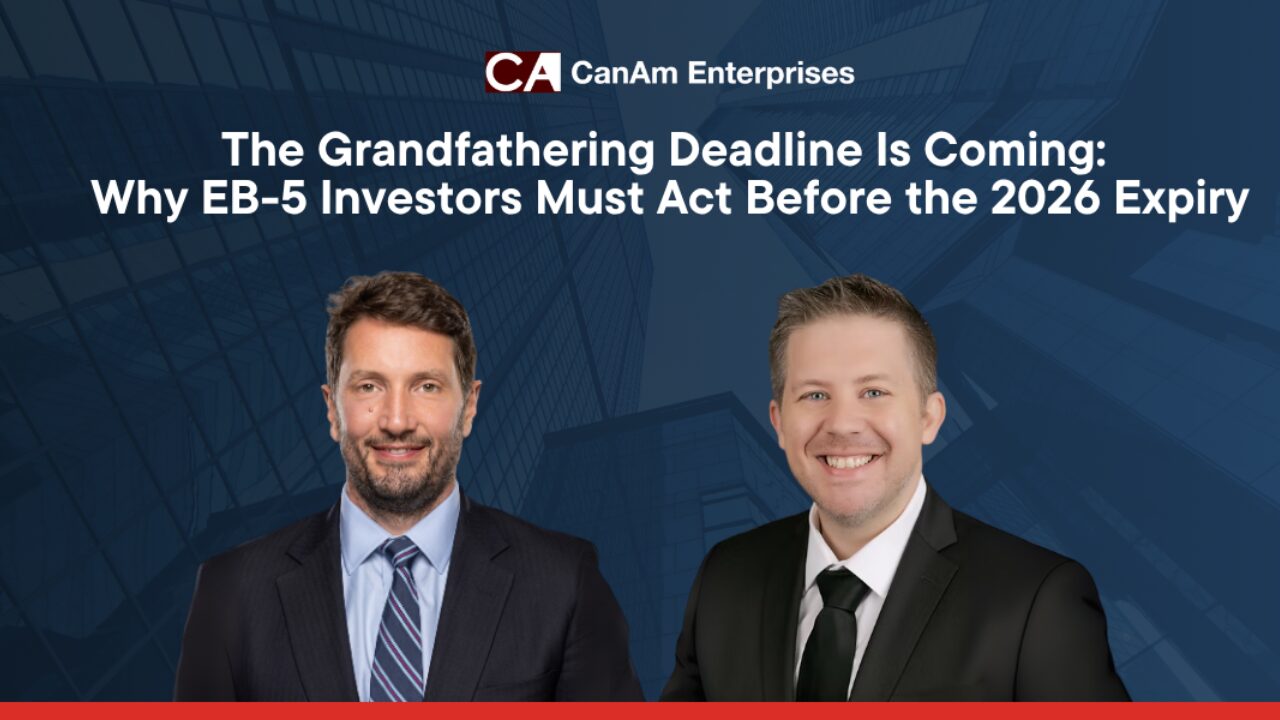The Gold Report
In an exclusive webinar hosted by CanAm Enterprises, investors were given a front-row seat to one of the most sought-after conversations in today’s financial environment: the rising importance of gold in institutional and private portfolios. Moderated by Joan Hull, Director of Relationship Management at CanAm, the discussion featured Sheela Kulkarni, Head of Market Development and Institutional Investor Relationships at the World Gold Council.
At a time when market volatility, inflationary pressures, and geopolitical uncertainty continue to test investors’ resolve, gold is making a definitive case for itself—not just as a hedge, but as a core component of long-term investment strategy.
“I do hope investors start looking at gold as a strategic asset once they hear this presentation,” said Kulkarni as she opened the session.
Understanding the Global Demand Dynamics
The World Gold Council tracks global demand and supply trends quarterly. In Q1 2025, global gold demand was approximately 1,206 tonnes—up 1% year-over-year. While jewelry demand in key markets like India and China dropped due to elevated prices, investment demand told a different story.
“Gold ETFs had their highest quarterly inflows since Q1 2022 at 227 tonnes,” Kulkarni noted. “And central banks purchased an additional 244 tonnes, continuing a trend of strong accumulation over the past three years.”
Interestingly, this demand wasn’t limited to traditionally gold-heavy economies. Kulkarni pointed out that European investors—who had previously stayed on the sidelines—were returning to the market. “We are seeing broad-based inflows globally, which is a significant shift from last year,” she said.
Central Banks Lead the Way
One of the most compelling indicators of gold’s importance is the behavior of central banks. According to Kulkarni, “Central banks have consistently purchased around 1,000 tonnes of gold annually for the past three years.” In Q1 2025 alone, Poland, Azerbaijan, China, Turkey, and India made notable additions to their reserves.
This trend reflects a broader pivot away from traditional reserve currencies amid concerns about geopolitical instability and fiat currency debasement.
“Gold is the only asset class that central banks can use to diversify away from the U.S. dollar and preserve purchasing power in times of systemic risk,” Kulkarni said.
Dual Identity: Investment and Consumption
Kulkarni emphasized gold’s unique dual role as both an investment vehicle and a consumption asset.
“It’s probably the only asset class that is used not just for investment but also for consumption,” she explained. “Jewelry accounts for about 33% of demand, investment makes up 40%, central banks about 20%, and technology 5%.”
In India, for example, gold is deeply embedded in cultural traditions, with demand averaging between 750 and 800 tonnes annually over the past eight years. However, economic factors also play a role.
“For every 1% increase in income, gold demand in India goes up by 0.9%. Inflation also plays a significant part—every 1% rise in inflation can raise gold demand by 2.7%,” Kulkarni shared.
Why Investors Are Turning to Gold
Gold’s appeal goes beyond tradition or crisis. It also stems from its resilience across economic cycles.
“Gold doesn’t have any counterparty risk. It’s not tied to the policies or solvency of any particular government,” Kulkarni said. “That’s why it becomes a safe haven during times of turmoil.”
She noted that during recent geopolitical events—from the Russia-Ukraine war to the Israel-Hamas conflict—gold served as a stable anchor as equity markets wavered.
“Gold is like insurance for your portfolio,” she said. “You wouldn’t put all your eggs in one basket with equities—so why wouldn’t you hold something that cushions your portfolio when everything else is falling apart?”
Risk-Adjusted Returns and Volatility
One of the key takeaways for CanAm investors was the impact of gold on portfolio efficiency. Using a hypothetical model, Kulkarni demonstrated that portfolios with a 7.5% to 15% allocation to gold saw improved risk-adjusted returns.
“Adding gold reduced volatility and drawdowns, while increasing the Sharpe ratio,” she said.
She also addressed concerns about gold’s volatility.
“Gold is less volatile than emerging market stocks, oil, and even many private equity instruments,” she explained. “It trades more than $200 billion daily across ETFs, futures, and physical gold. It’s among the most liquid assets globally.”
Misconceptions About Gold
Kulkarni tackled several common misconceptions head-on:
- Gold doesn’t generate income: True, but “it isn’t meant to,” she explained. “Gold’s value is in its diversification and protection role, not cash flow.”
- Gold is volatile: Compared to traditional and alternative assets, gold’s volatility is moderate and manageable.
- Gold can’t match equity returns: In recent years, gold has outperformed many equity indices, with over 20% returns in 2024 and strong performance continuing into 2025.
Bitcoin vs. Gold
No discussion would be complete without a comparison to Bitcoin.
“Bitcoin is not a regulated asset,” Kulkarni said. “You’re taking a risk on something with no physical form, no consumption use, and no regulation. Gold, on the other hand, is regulated, physically held, and has multiple real-world applications—from jewelry to tech and medical devices.”
She added with a smile: “Even the chips that power Bitcoin servers use gold.”
How to Invest in Gold
For investors looking to gain exposure to gold, Kulkarni laid out the main options:
- Gold ETFs – Regulated and backed by physical gold, these are suitable for strategic, long-term positions.
- Gold Savings Funds – Ideal for investors without brokerage accounts; they wrap ETFs into accessible mutual fund formats.
- Multi-Asset Funds – Mandated to hold 10–25% in gold, offering built-in diversification.
Kulkarni also reassured attendees that gold ETFs are required to hold LBMA-accredited, 24-karat physical gold, with frequent audits and strict regulatory oversight.
“Every unit of a gold ETF corresponds to a specific amount of physical gold stored securely. You can even convert it into physical delivery if needed,” she said.
Looking Ahead
As 2025 unfolds, the outlook for gold remains strong. According to Kulkarni, investment demand is likely to stay elevated due to ongoing uncertainty, while jewelry demand may remain muted due to high prices. Central bank buying shows no sign of slowing down.
“The Reserve Bank of India increased its gold reserves to 12%—up from 8–10% just a few years ago,” she noted. “It’s a clear sign that gold is being embraced as a long-term strategic reserve asset.”
Final Thoughts
This special CanAm webinar offered investors not just an update on gold’s recent performance but also an invaluable framework for understanding its role in portfolio construction.
“Having gold in your portfolio is a no-brainer,” Kulkarni concluded. “It cannot do any harm—it’s stable, liquid, protective, and it delivers when you need it most.”
As markets continue to shift and uncertainty looms, the timeless appeal of gold as a financial constant is becoming more relevant than ever.
Dive Deeper Into EB-5:





